What Hydrangeas Grow in Zone 9: A Guide to Choosing the Right Varieties
Hydrangeas that grow well in Zone 9 include the Panicle Hydrangea (Hydrangea paniculata) and Smooth Hydrangea (Hydrangea arborescens). Both species can tolerate the hot temperatures and mild winters in this zone, making them suitable choices for gardens in these areas.
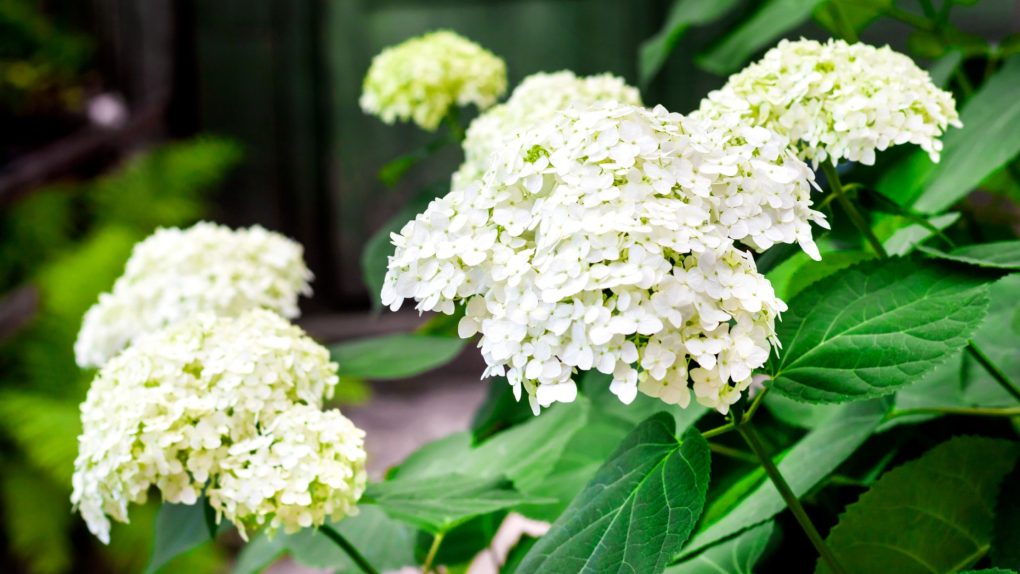
Zone 9’s hot, humid climate can be challenging for some hydrangea species, such as the bigleaf hydrangea (Hydrangea macrophylla), which often struggles to thrive in this region. Panicle hydrangeas are more adaptable, offering various cultivars, like ‘Limelight’ and ‘Pinky Winky’, with beautiful blooms. Similarly, Smooth Hydrangeas, with popular cultivars like ‘Annabelle’ and ‘Incrediball’, contribute to a stunning and colorful garden display in Zone 9.
Table of Contents
What is Zone 9?
Zone 9 is a specific climate zone designation the United States Department of Agriculture (USDA) uses to help gardeners determine which plants will grow best in their region. Zone 9 is characterized by its warm temperatures and long growing season, making it an ideal location for growing various plants, including hydrangeas.
Zone 9 has an average minimum temperature range of 20 to 30 degrees Fahrenheit (-6.7 to -1.1 degrees Celsius). This means that in the winter, temperatures in Zone 9 rarely drop below freezing, allowing plants to thrive year-round. However, the hot summers in Zone 9 can challenge some plants, making choosing varieties that can tolerate high temperatures and drought conditions important.
Zone 9 covers many of the southern United States, including parts of California, Arizona, Texas, Florida, and Georgia. It is important to note that within Zone 9, there may be microclimates with different temperature and moisture conditions, so it is important to research specific areas within Zone 9 to determine the best plants for your specific location.
Hydrangeas Suitable for Zone 9
Hydrangeas are a popular choice for gardeners in Zone 9. They are known for their large, showy blooms and come in various colors. Here are some hydrangeas that are suitable for Zone 9:
Bigleaf Hydrangeas
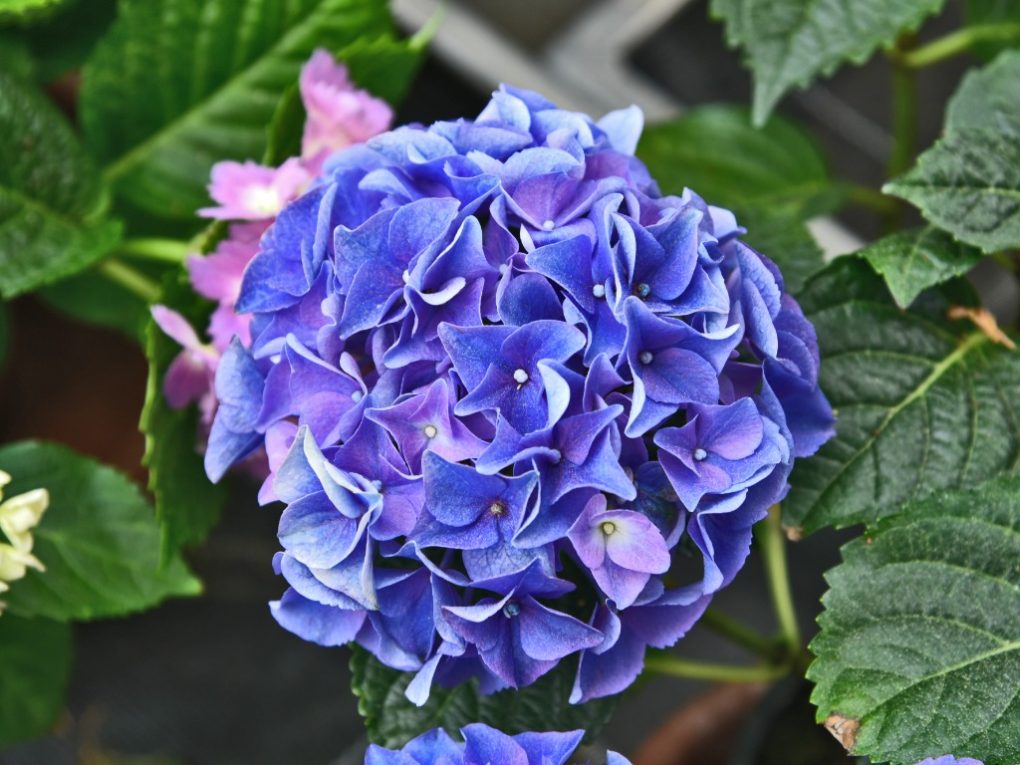
Bigleaf hydrangeas, also known as mophead hydrangeas, are popular for their large, round blooms. They are best suited for areas with shade, as they can wilt in direct sunlight. Some popular varieties for Zone 9 include:
● Endless Summer
● Bloomstruck
● Twist-n-Shout
Panicle Hydrangeas
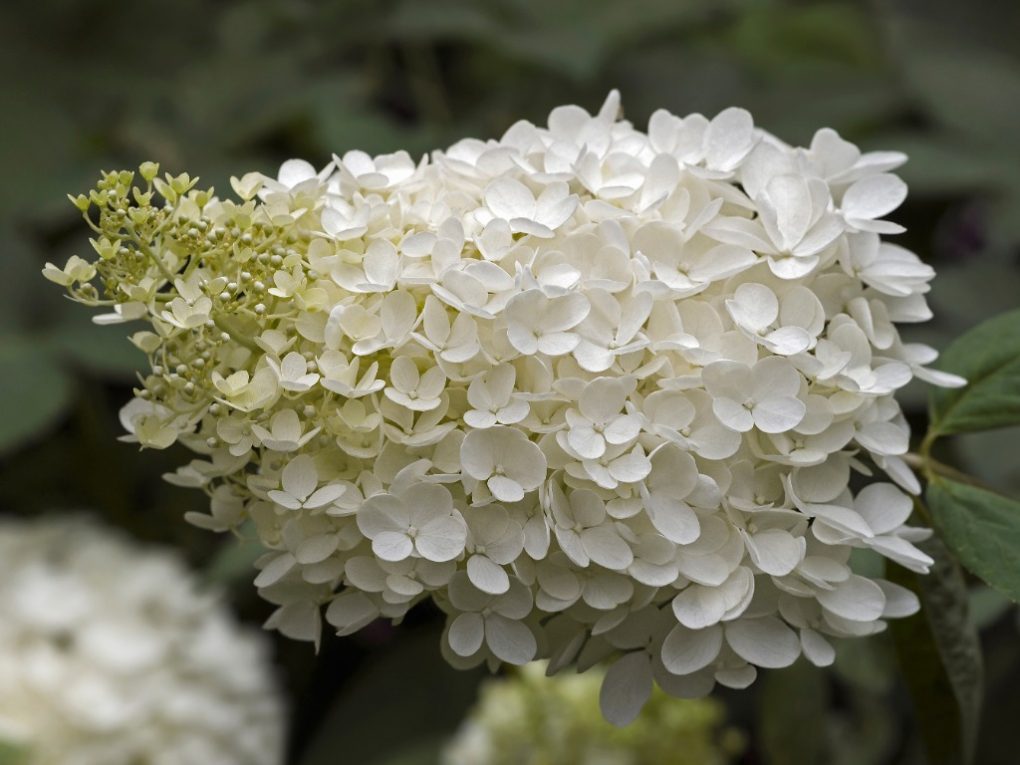
Panicle hydrangeas are a hardier variety that can tolerate more sun than other hydrangeas. They have cone-shaped blooms that start white and turn pink as they age. Some popular varieties for Zone 9 include:
● Limelight
● Little Lime
● Pink Diamond
Smooth Hydrangeas
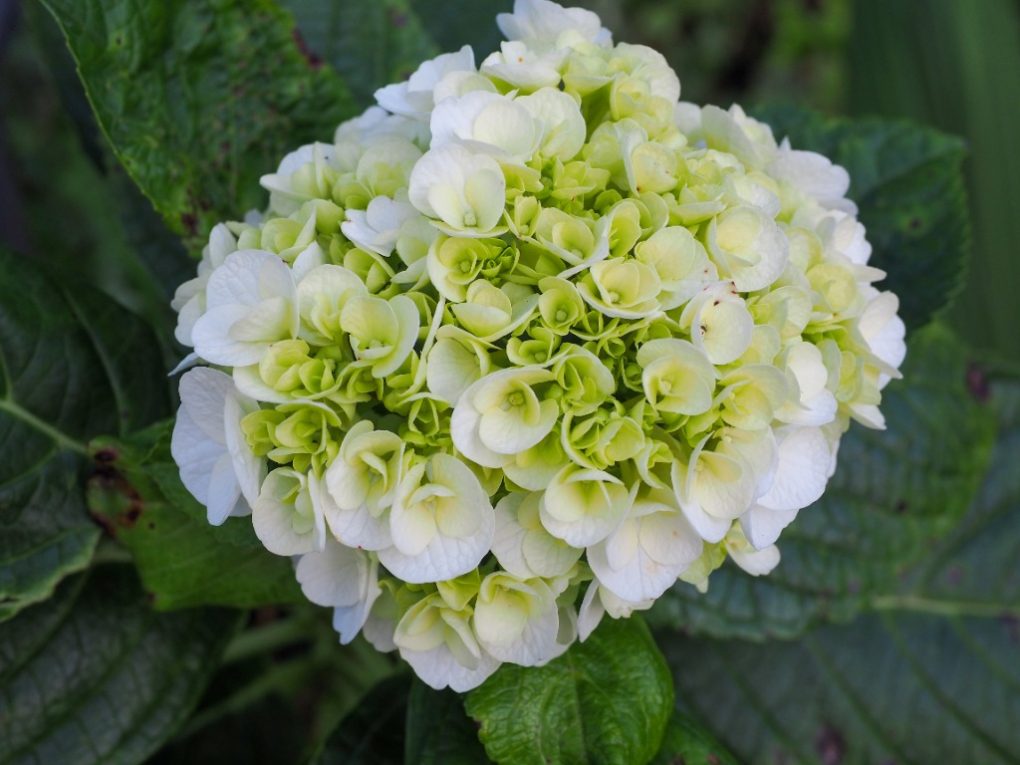
Smooth hydrangeas, also known as Annabelle hydrangeas, have large, round blooms that start white and turn green as they age. They prefer some shade and moist, well-drained soil. Some popular varieties for Zone 9 include:
● Incrediball
● Invincibelle Spirit II
● White Dome
Oakleaf Hydrangeas
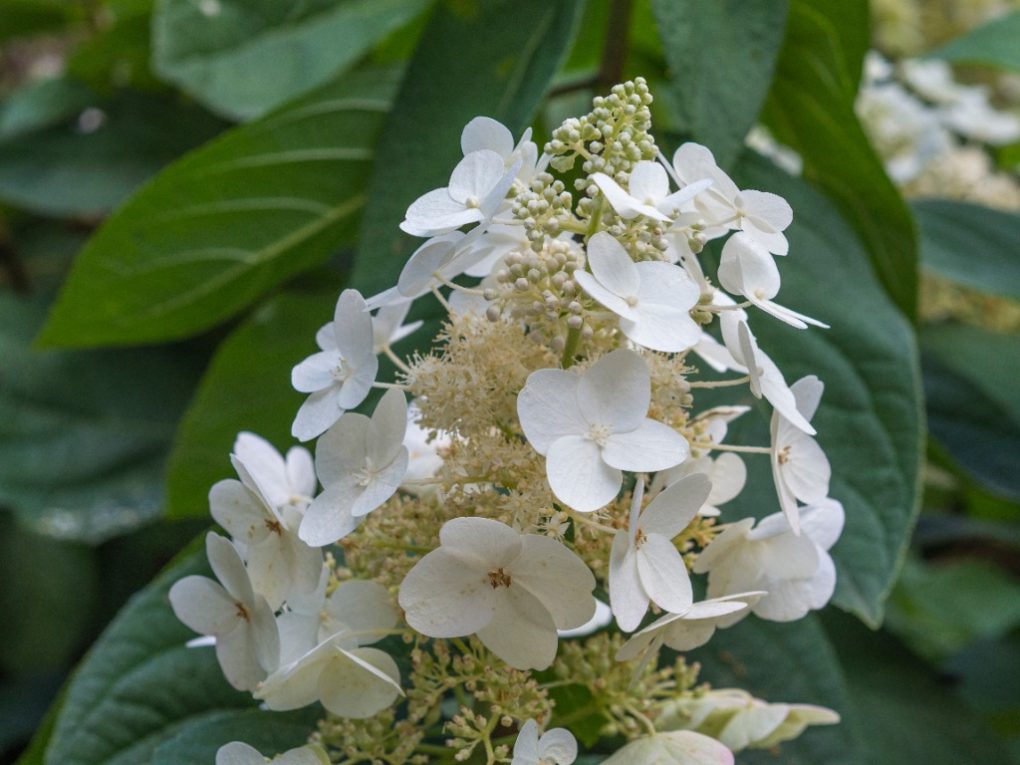
Oakleaf hydrangeas have distinctive foliage that resembles oak leaves. They are drought-tolerant and can handle more sun than other hydrangeas. Some popular varieties for Zone 9 include:
● Gatsby Pink
● Gatsby Gal
● Snow Queen
Factors to Consider When Growing Hydrangeas in Zone 9
Hydrangeas are popular garden shrubs known for their large, showy blooms. However, growing hydrangeas in zone 9 can be challenging due to the hot, dry climate. Here are some factors to consider when growing hydrangeas in zone 9:
Soil Type
In order to thrive, hydrangeas require well-draining soil that is rich in organic matter. In zone 9, the soil can be sandy and alkaline, making it difficult for hydrangeas to thrive. Add compost, peat moss, or other organic matter to improve the soil. Additionally, adding sulfur to the soil can help lower the pH and make it more acidic, which is ideal for growing hydrangeas.
Sunlight Requirements
Hydrangeas prefer partial shade, especially in hot climates like zone 9. In the presence of excessive sunlight, leaves can wilt and flowers to dry out. However, too much shade can also harm the plant’s growth and bloom production. Ideally, hydrangeas should receive morning sun and afternoon shade.
Watering Needs
Hydrangeas require consistent moisture to thrive, especially in hot, dry climates like zone 9. However, overwatering can be just as harmful as underwatering. Once or twice a week, hydrangeas should be watered deeply to prevent water stress, depending on the weather conditions. The addition of mulch around the plant’s base can also help retain moisture in the soil.
Temperature Tolerance
Hydrangeas are hardy plants, but they can be sensitive to extreme temperatures. In zone 9, the hot summer days and cool winter nights can be challenging for hydrangeas. To protect the plant from temperature stress, consider planting it in a protected area near a wall or under a tree. Covering the plant with a cloth or blanket during extreme weather conditions can help regulate the temperature.
Tips for Growing Hydrangeas in Zone 9
Hydrangeas are a popular and beautiful addition to any garden, but growing them in zone 9 can present some challenges. Here are some tips to help you successfully grow hydrangeas in this climate.
Planting Time
The best time to plant hydrangeas in zone 9 is in the fall or winter when the weather is cooler and more moisture is in the air. This will give the plant time to establish roots before the hot summer. If planting in the spring or summer, water the plant frequently and provide shade during the hottest part of the day.
Pruning
Prune your hydrangeas before new growth appears in late winter or early spring. Remove any dead or damaged wood and cut back the remaining stems to about 1/3 of their length. It will encourage new growth and maintain the plant’s shape. Avoid pruning in the fall, as this can remove the buds that will produce flowers the following year.

Mulching
Adding organic mulch around the base of hydrangeas can help retain soil moisture as well as regulate the temperature around the roots. Apply a 2-3 inch layer of mulch in the spring and fall, being careful not to pile it up against the plant stem. This can cause rot and other diseases.
Fertilizing
Hydrangeas in zone 9 benefit from regular fertilization to encourage healthy growth and abundant blooms. The best time to apply slow-release fertilizer is late winter or early spring, and again in mid-summer. Be sure to follow the instructions on the package carefully, as too much fertilizer can burn the plant and cause damage.
Conclusion
Hydrangeas are a beautiful addition to any garden; luckily, several varieties can thrive in Zone 9. The oakleaf hydrangea is a popular choice for those living in arid parts of Zone 9, as its thick leaves help it retain water during periods of drought. Other varieties, such as the macrophylla, paniculata, quercifolia, and serrata, can also grow well in Zone 9.
When planting hydrangeas in Zone 9, it’s important to consider each variety’s specific needs. For example, the oakleaf hydrangea does well in shadier environments, while other varieties may prefer more sunlight. Applying a layer of organic mulch can also help conserve soil moisture and prevent weed growth.
